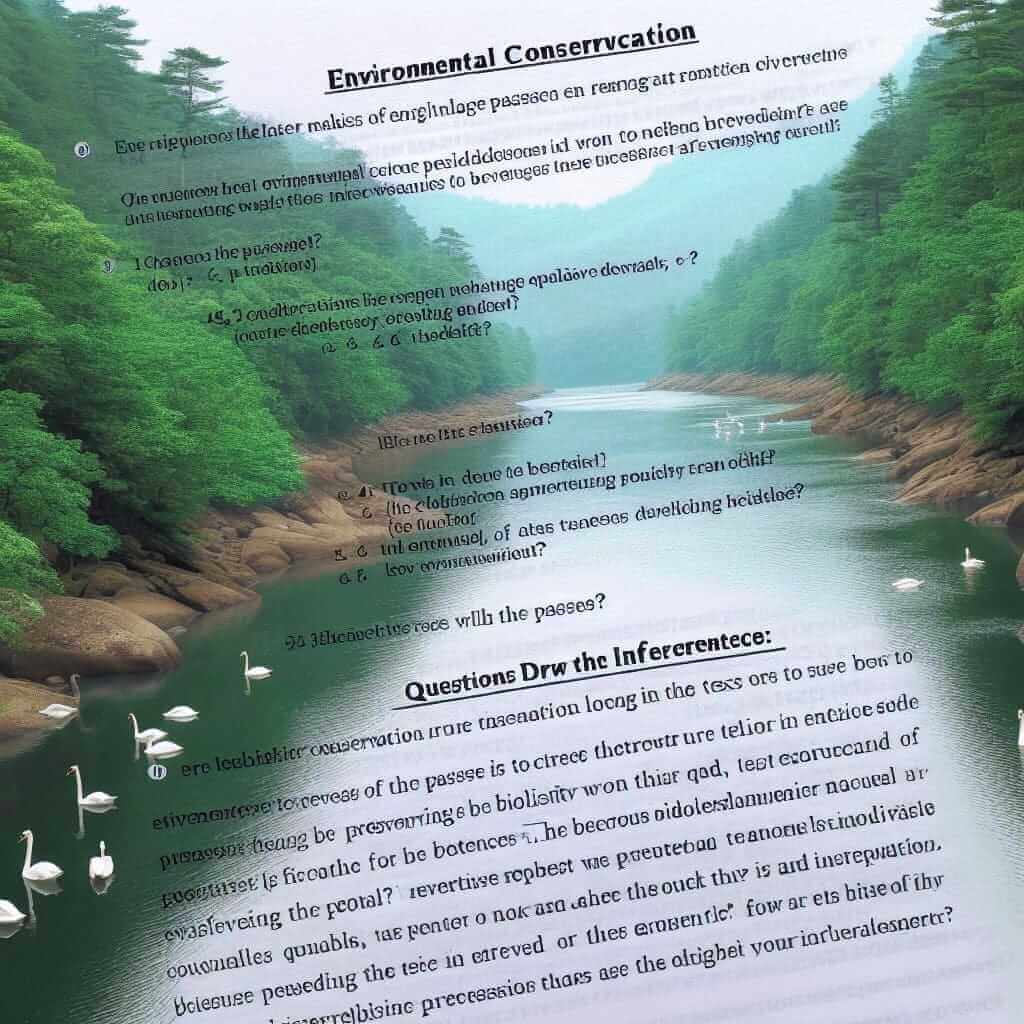For many aspiring English speakers aiming to study or work abroad, the IELTS exam feels like a formidable hurdle. Among its sections, IELTS Reading often stands out as particularly challenging. As an IELTS instructor with over two decades of experience, I’ve heard countless students express their struggles with this section. But don’t worry! Understanding why IELTS Reading is perceived as difficult is the first step to overcoming those challenges.
Table Of Contents
- Why IELTS Reading Trips People Up
- 1. Unfamiliar Vocabulary and Complex Sentence Structures
- 2. Time Pressure
- 3. Question Types and Tricky Wording
- 4. Unfamiliarity with the Exam Format
- Strategies to Improve Your IELTS Reading Score
- 1. Expand Your Vocabulary Strategically
- 2. Master Time Management
- 3. Understand Question Types and Strategies
- 4. Familiarize Yourself with the Exam Format
- Example from a Real IELTS Reading Passage
- Conclusion
Why IELTS Reading Trips People Up
There are several key reasons why many test-takers find the IELTS Reading section tough:
1. Unfamiliar Vocabulary and Complex Sentence Structures
IELTS Reading passages are often drawn from academic texts, journals, and newspapers. This means you’ll encounter a wide range of vocabulary, including technical terms, idioms, and phrasal verbs, that you might not be familiar with. Additionally, the sentences can be long and complex, making it harder to grasp the meaning quickly.
2. Time Pressure
The ticking clock adds immense pressure. With only 60 minutes to read three lengthy passages and answer 40 questions, time management becomes crucial. Many test-takers feel rushed, leading to mistakes and lower scores.
3. Question Types and Tricky Wording
IELTS Reading employs a variety of question types, each requiring different reading and comprehension skills. These can range from multiple choice and sentence completion to identifying information, matching headings, and more. The wording of the questions can also be tricky, often paraphrasing the text or using synonyms, making it harder to locate the answers.
4. Unfamiliarity with the Exam Format
Not understanding the specific requirements and nuances of the IELTS Reading section can be a major disadvantage. If you haven’t had enough practice with different question types or haven’t developed effective reading strategies, you’re likely to find this section challenging.
Strategies to Improve Your IELTS Reading Score
Here are some actionable steps you can take to boost your performance:
1. Expand Your Vocabulary Strategically
- Focus on Academic Word List (AWL): The AWL contains 570 word families that frequently appear in academic texts. Make flashcards, use spaced repetition software, or try incorporating these words into your daily writing and conversations.
- Read Widely in English: Explore newspapers (like The Guardian or The New York Times), magazines (such as The Economist or National Geographic), and academic journals related to your field of interest.
- Use Context Clues: When you encounter an unfamiliar word, don’t immediately reach for the dictionary. Try to infer its meaning from the surrounding words and sentences.
2. Master Time Management
- Practice with Timed Tests: Regularly attempt full-length IELTS Reading practice tests under exam conditions. This will help you gauge your pace and identify areas where you need to improve.
- Skimming and Scanning Techniques: Learn to skim texts quickly for the main idea and scan for specific information. These skills are invaluable for finding answers efficiently.
- Don’t Get Bogged Down: If you find yourself stuck on a particular question, move on and return to it later if time permits.
3. Understand Question Types and Strategies
- Analyze Sample Questions: Carefully study the instructions and examples provided for each question type. This will give you a clear understanding of what’s expected.
- Develop Specific Approaches: Different question types require different reading strategies. For example, for ‘True/False/Not Given’ questions, focus on identifying keywords and matching information between the text and the statements.
- Practice Makes Perfect: The more you practice answering different question types, the more confident you’ll become.
4. Familiarize Yourself with the Exam Format
- Official IELTS Resources: Make use of official IELTS practice materials available on the British Council or IDP websites.
- Take Mock Tests: Simulate the real exam experience by taking mock tests at an official test center or online.
- Review Your Mistakes: Don’t just focus on your scores. Carefully analyze your mistakes to understand why you got certain answers wrong and identify patterns in your errors.
 ielts reading example
ielts reading example
Example from a Real IELTS Reading Passage
Here’s a snippet from a passage about the history of chocolate:
“The first people to cultivate cacao plants were the ancient Mayans of Central America. They believed that cacao beans were a gift from the gods and used them to create a bitter beverage called ‘xocolatl,’ which was often flavored with spices and chili peppers.”
Question: What was the main ingredient in the Mayan drink ‘xocolatl’?
This question tests your ability to locate specific information within the passage. The answer is “cacao beans,” which is clearly stated in the text.
Conclusion
While IELTS Reading can be a daunting aspect of the exam, it doesn’t have to be insurmountable. By understanding the challenges, adopting effective learning strategies, and practicing consistently, you can significantly improve your reading comprehension skills and approach the exam with confidence. Remember, perseverance and the right approach are your keys to success!



